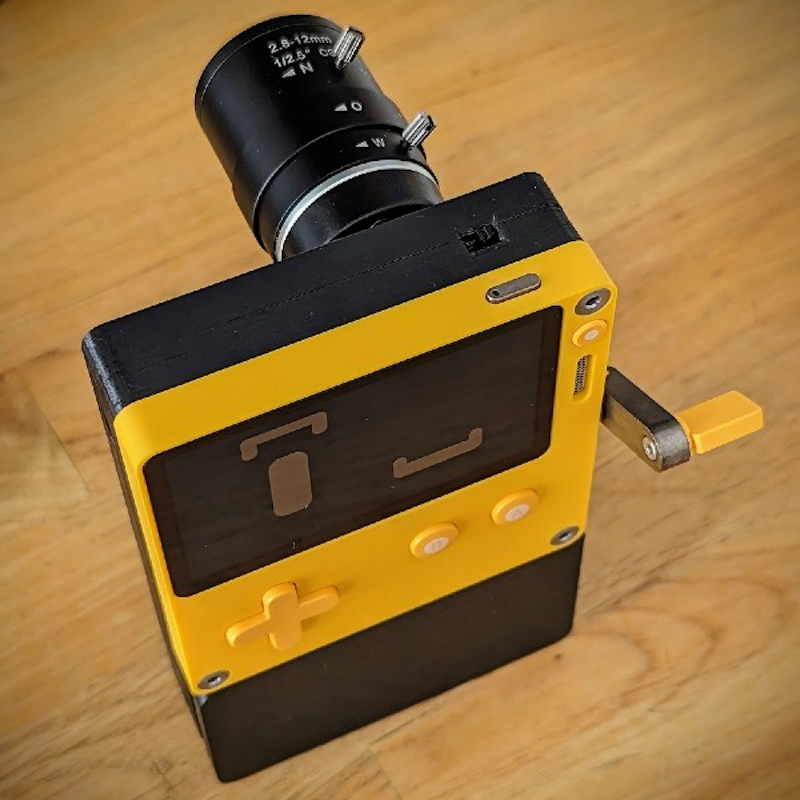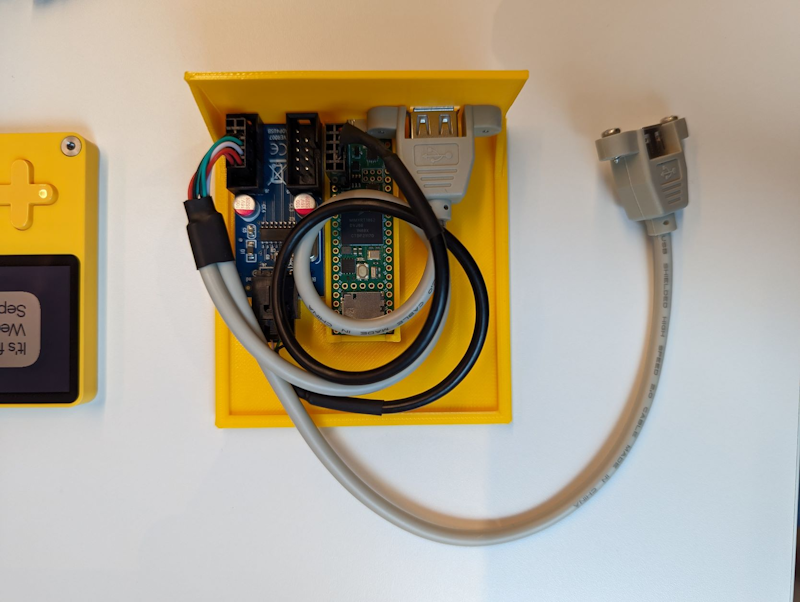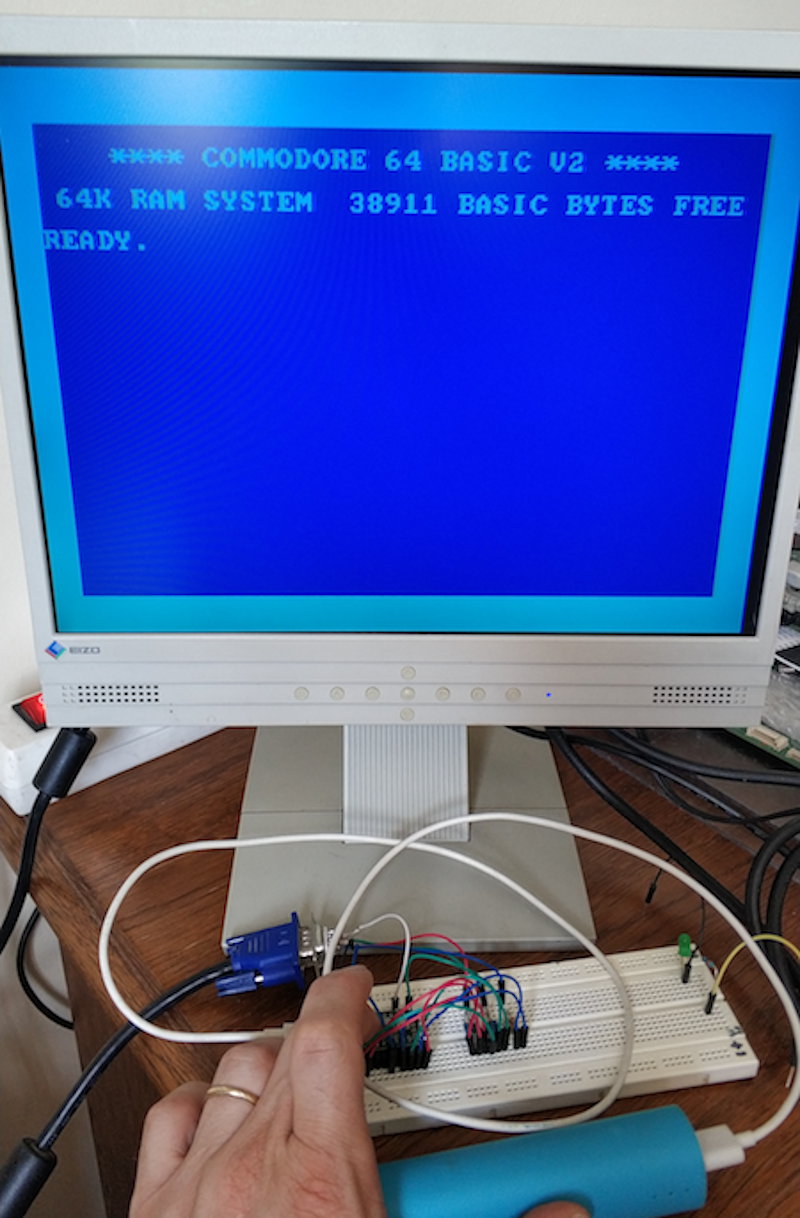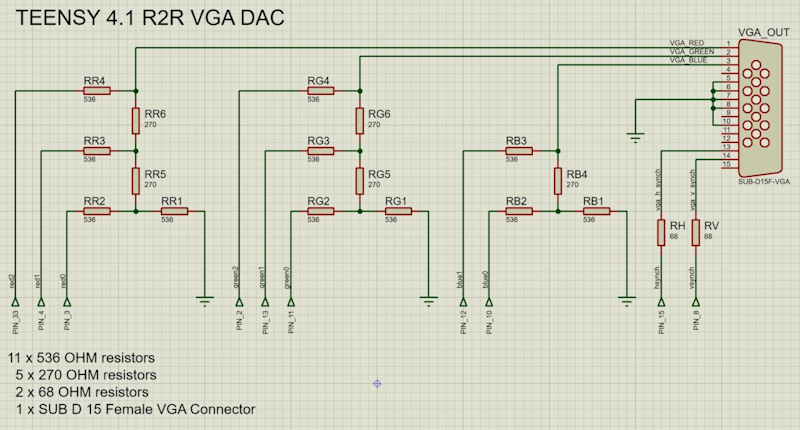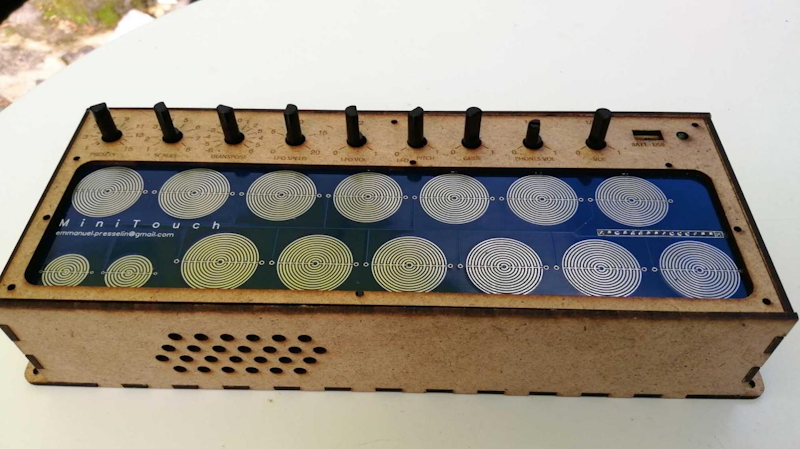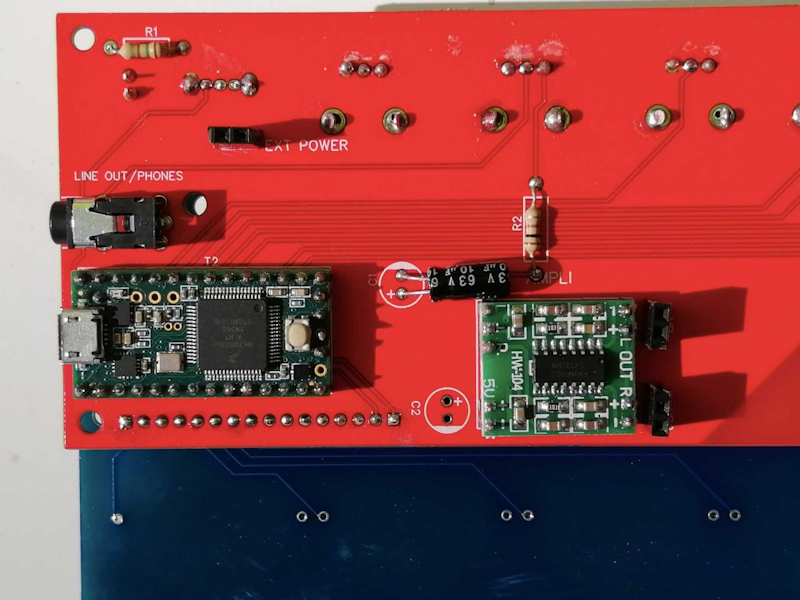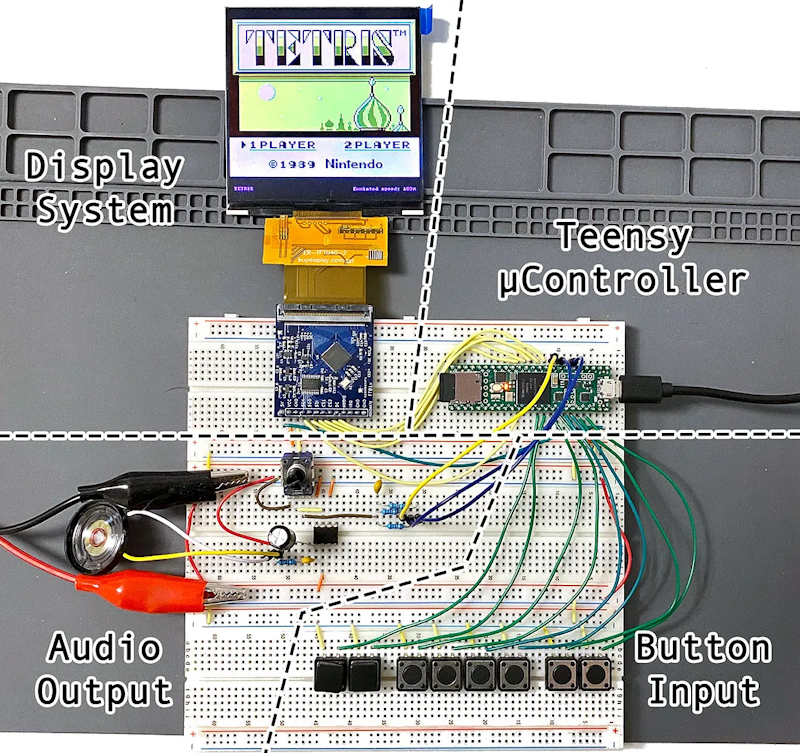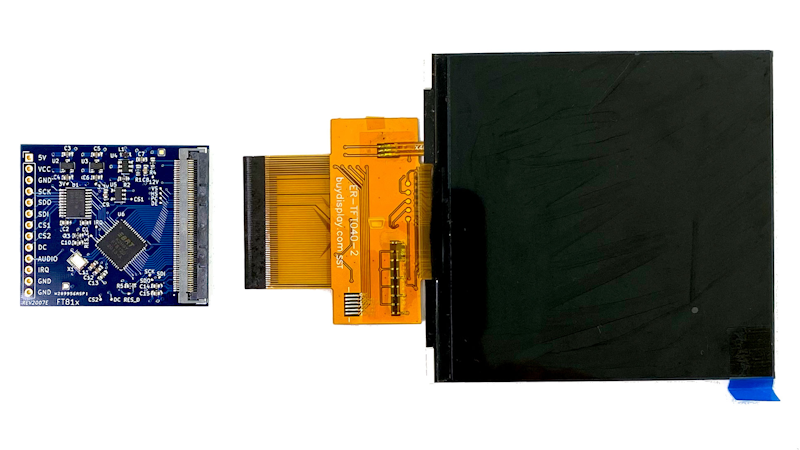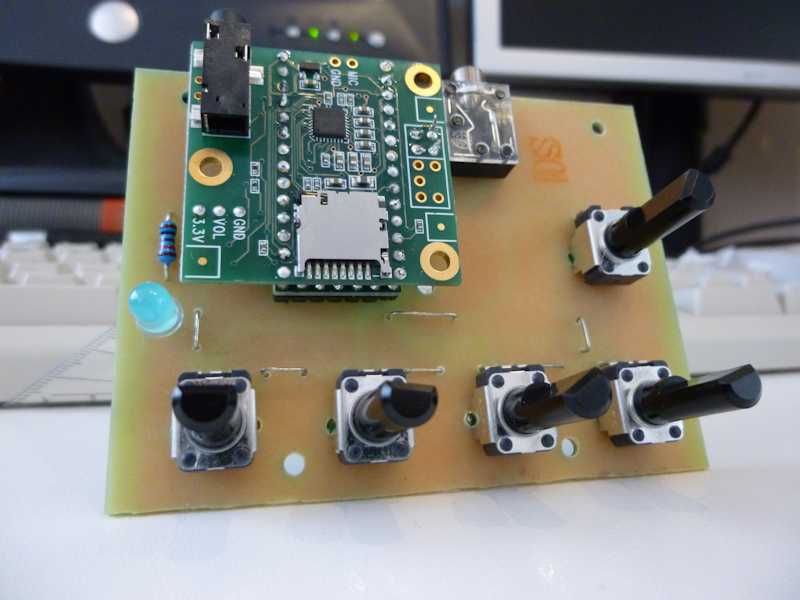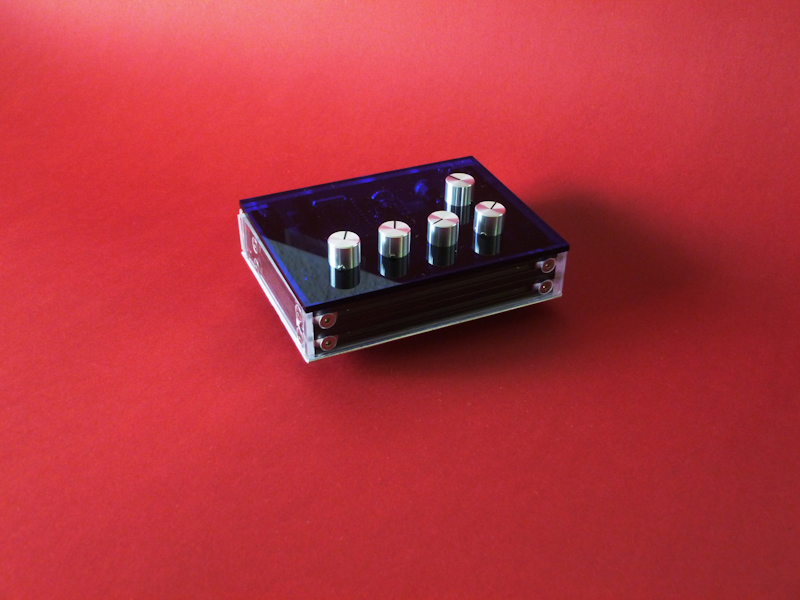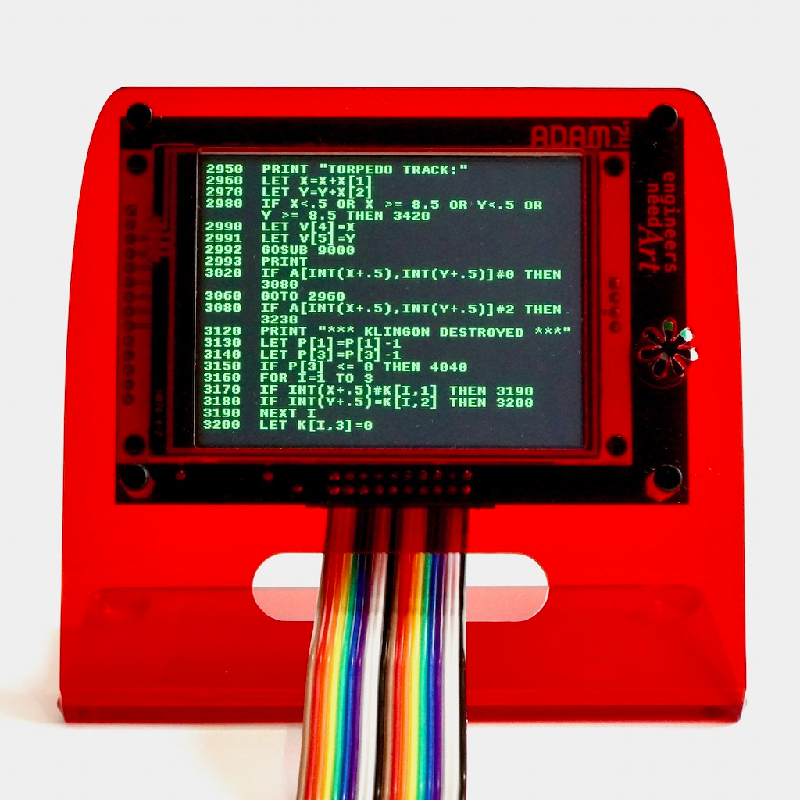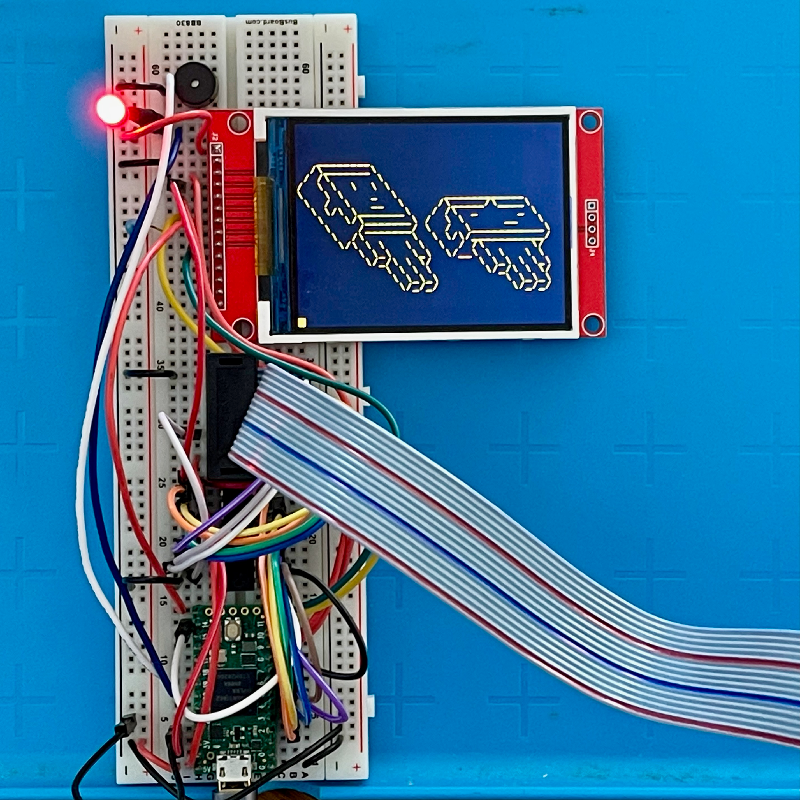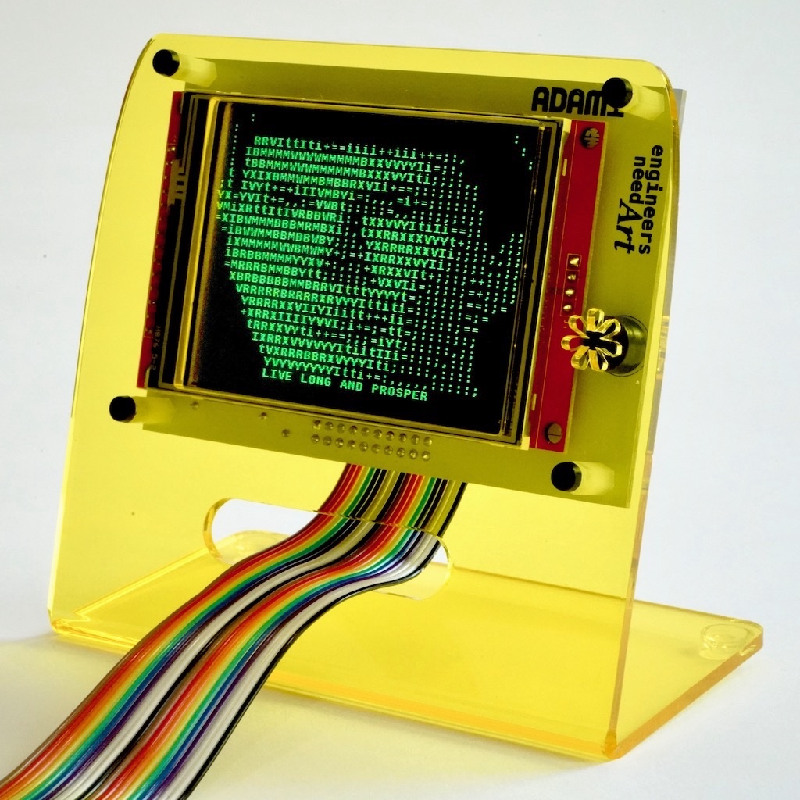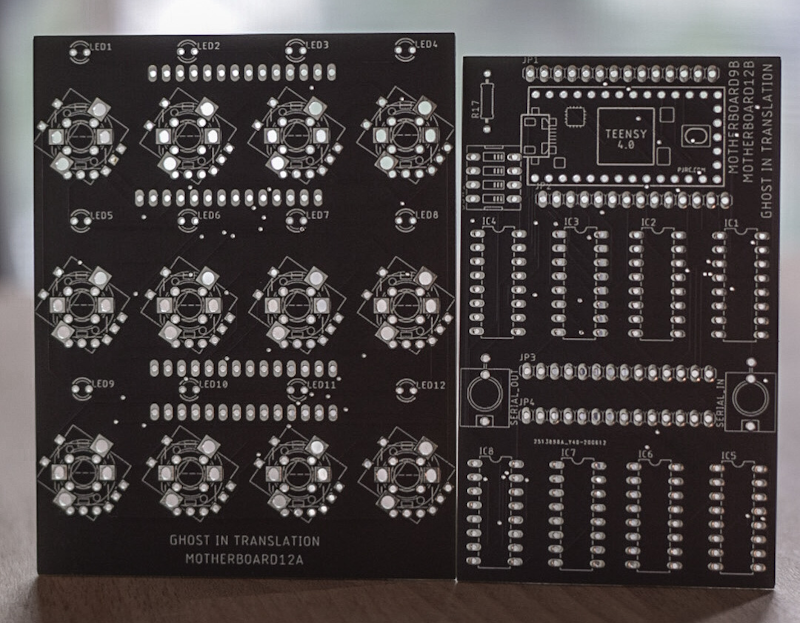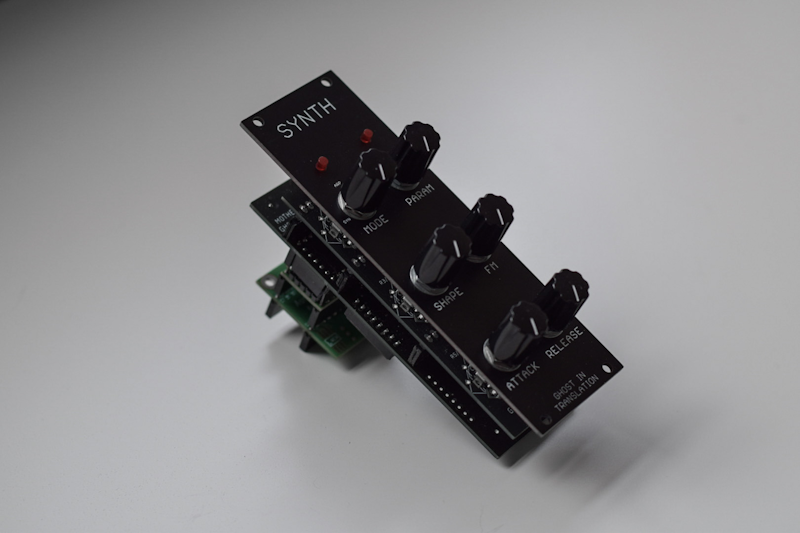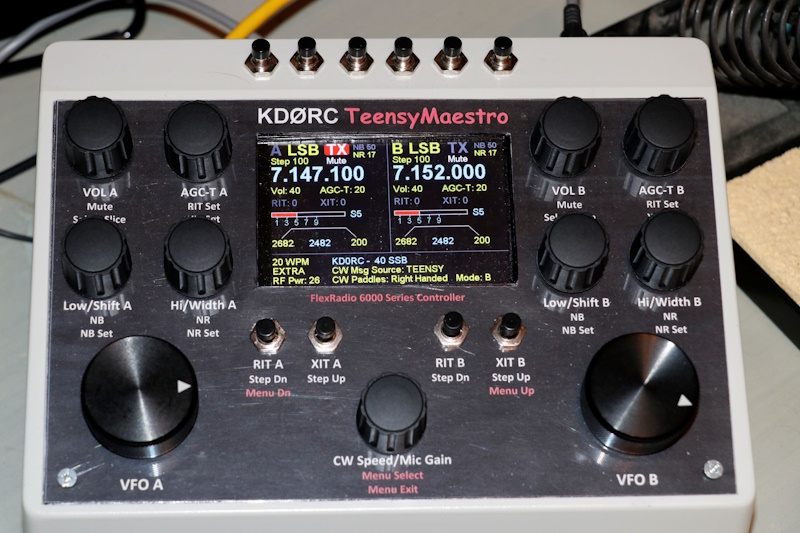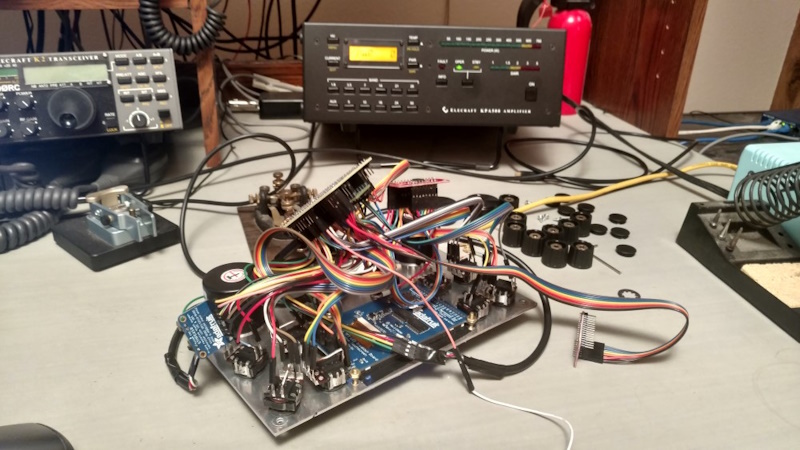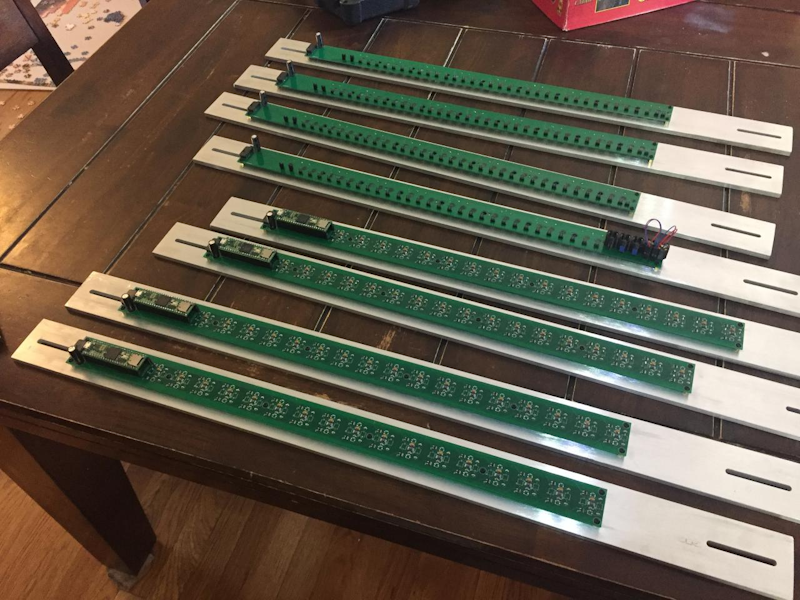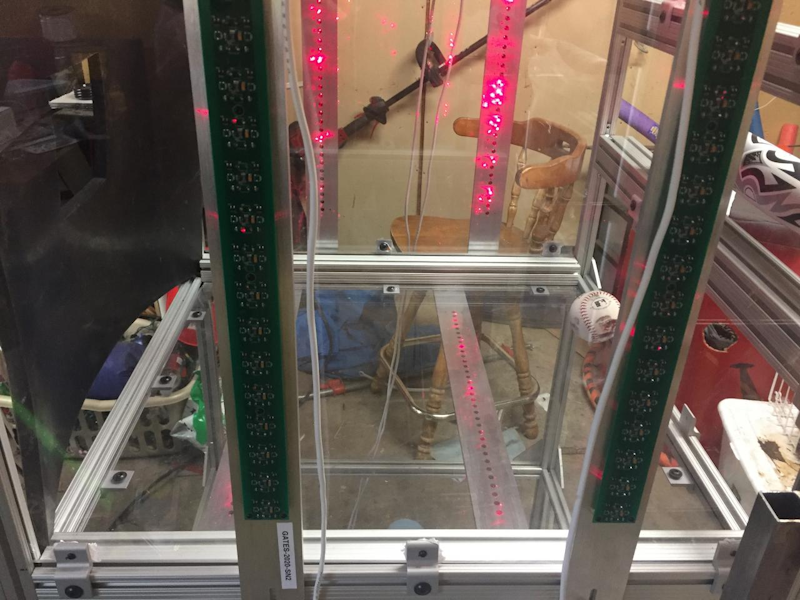Before we all carried supercomputers in our pockets, the Game Boy Camera was a pretty unique proposition. Inexpensive, portable, digital photography — even featuring a selfie mode! t0mg decided to create their own 1-bit camera add on for Panic’s unique Playdate portable gaming console.
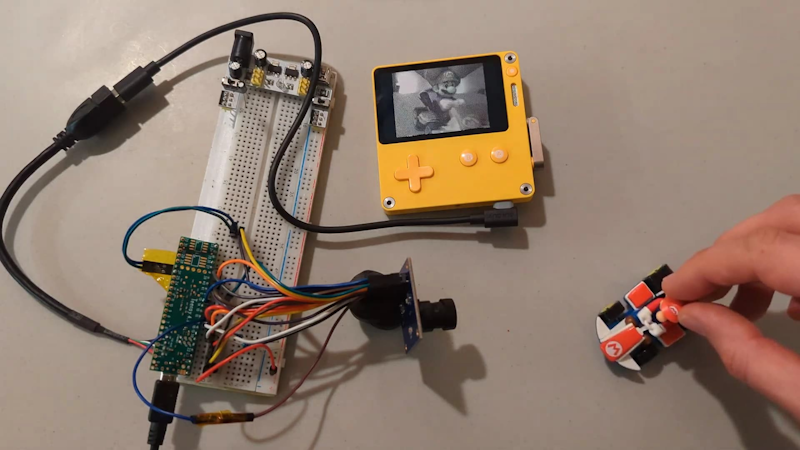
t0mg took advantage of Teensy 4.1’s USB Host capabilities in order to transmit image data via serial, essentially emulating a very strange controller that sends pixels instead of button inputs. Excellent detail about the project can be found on the PD-Camera accessory’s GitHub repo, including a deep dive into how it all works, and a fun overview of its capabilities can be seen in the video below.
